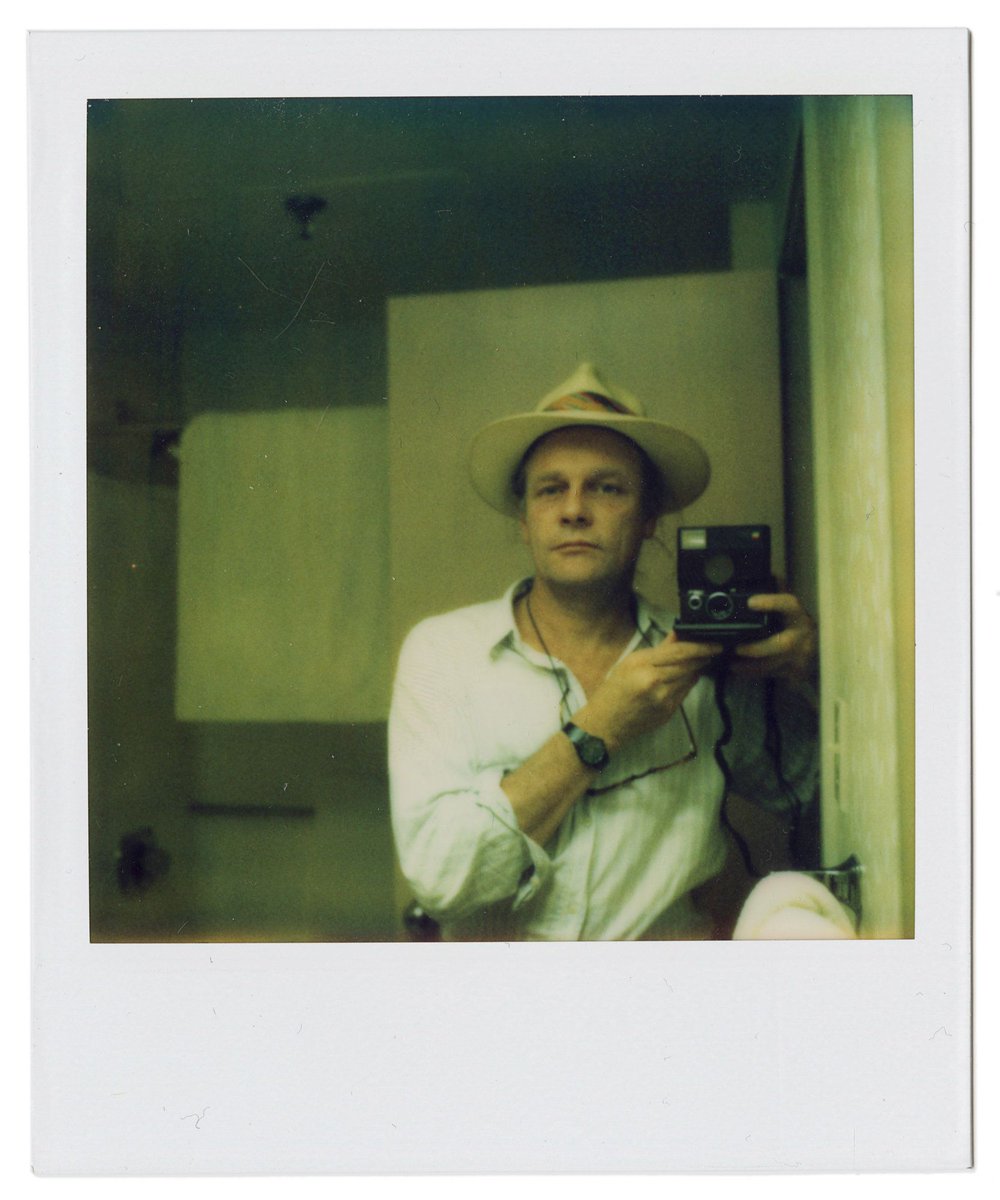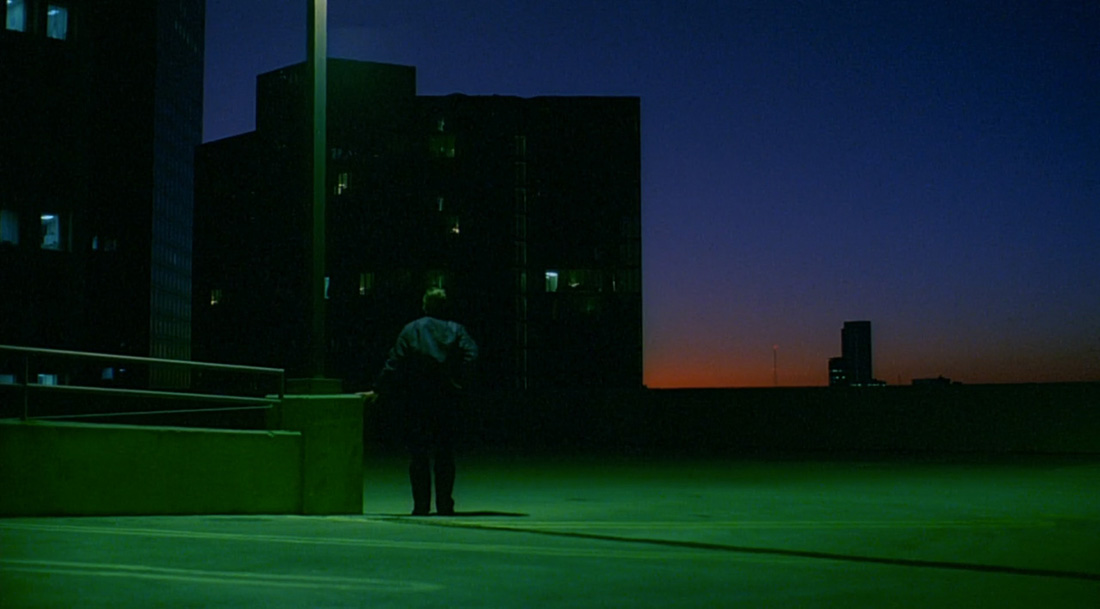RIP to Two Titans of European Cinema
 Thursday, July 5, 2018 at 12:00PM
Thursday, July 5, 2018 at 12:00PM By Glenn Dunks
What a shock it was to hear over the last 24 hours of the deaths of both Robby Müller and Claude Lanzmann. These two icons of European cinema were 78 and 92 respectively and both gave so much to the universe and there are not enough hats to tip to their memories and their legacies.
 Robby Müller was the Dutch-born cinematographer whose regular collaborations with the likes of Wim Wenders, Jim Jarmusch and Lars Von Trier were the stuff of legend. Who can forget those stunning tableaus of Breaking the Waves or his regular plays on black and white with Jarmusch as well as Sally Potter’s The Tango Lesson. I'm not as well versed on Jarmusch's films as others, but I gather Dead Man with Johnny Depp is the one worth gawking over the most.
Robby Müller was the Dutch-born cinematographer whose regular collaborations with the likes of Wim Wenders, Jim Jarmusch and Lars Von Trier were the stuff of legend. Who can forget those stunning tableaus of Breaking the Waves or his regular plays on black and white with Jarmusch as well as Sally Potter’s The Tango Lesson. I'm not as well versed on Jarmusch's films as others, but I gather Dead Man with Johnny Depp is the one worth gawking over the most.
And I know it’s become a little bit fashionable to roll one’s eyes at people going on about the virtues of celluloid over digital, but I guarantee you have never seen colours projected onto a screen quite like those twilight blues of Wenders’ Paris, Texas...

...or the cornea-scorching oranges of William Friedkin's To Live and Die in L.A. until you see them on a big screen in their original formats. If you ever get the chance you absolutely must see them in 35mm.
Müller’s work was no doubt too European for Oscar’s taste and was sadly never nominated despite work that is truly unforgettable. The two-way mirror sequence in Paris, Texas alone! He stopped working in the early 2000s, lastly working most notably on 24 Hour Party People and the "Twins" segment of Jarmusch's Coffee and Cigarettes. His last work was a 2014 short called Ashes directed by Steve McQueen.
Claude Lanzmann wasn’t strictly a documentarian of course; his career spanned other arenas of journalism before he set out to make movies. But it was in film that he arguable found his most memorable project. What began as a two-hour documentary about the Holocaust, Lanzmann’s epic in length yet intimate in subject Shoah became an all-encompassing 560-minute masterpiece over ten years in the making utilising no archival footage that has been hailed as the best documentary ever made. High praise that people who have seen it would maybe have a hard time disagreeing with. I have never seen the whole thing as one doesn’t just sit down to watch 560 minutes of Holocaust testimonials without some preparation, you know, but I am determined now more than ever.
 Lanzmann at Cannes in 2017 presenting his last film, 'Napalm'Despite awards from BAFTA, the Berlin and Rotterdam film festivals, the Cesars, the International Documentary Association, New York Film Critics Circle, and the Los Angeles Film Critics Association, Shoah wasn’t nominated for an Oscar. I am sure there is a story there. Lanzmann was, however, the subject of Adam Benzine's Claude Lanzmann: Spectres of the Shoah about the making of Shoah that was a nominee in 2015 for Best Documentary Short Subject, but did not win.
Lanzmann at Cannes in 2017 presenting his last film, 'Napalm'Despite awards from BAFTA, the Berlin and Rotterdam film festivals, the Cesars, the International Documentary Association, New York Film Critics Circle, and the Los Angeles Film Critics Association, Shoah wasn’t nominated for an Oscar. I am sure there is a story there. Lanzmann was, however, the subject of Adam Benzine's Claude Lanzmann: Spectres of the Shoah about the making of Shoah that was a nominee in 2015 for Best Documentary Short Subject, but did not win.
Lanzmann often used footage from this 350 hours of Shoah material throughout his other works. Other note-worthy films of his include Visitor of the Living and Sobibor, October 14, 1943, 4pm (which you can watch on YouTube as a matter of fact). Lanzmann's final film was Napalm in 2017 about his experiences in North Korea, which competed at Cannes for the Golden Eye.
RIP to both Robby Müller and Claude Lanzmann.



Reader Comments (3)
Thanks Muller for Breaking the Waves. It's one of the most radical cinematography experiences I've ever seen.
But what's not radical in that movie? It's so arresting in every single sense. It's the best movie of the 90's, it has the best performance of the 90's, it's the most visually striking of the 90's.
Robby Muller is definitely one of all-time favorite cinematographers. His work on some of Jim Jarmusch's films are incredible as I love what he did for Paris, Texas and Breaking the Waves as they're both in my personal all-time favorite films list.
Two giants indeed.To think that Paris,Texas was completely ignored by the Academy in '84